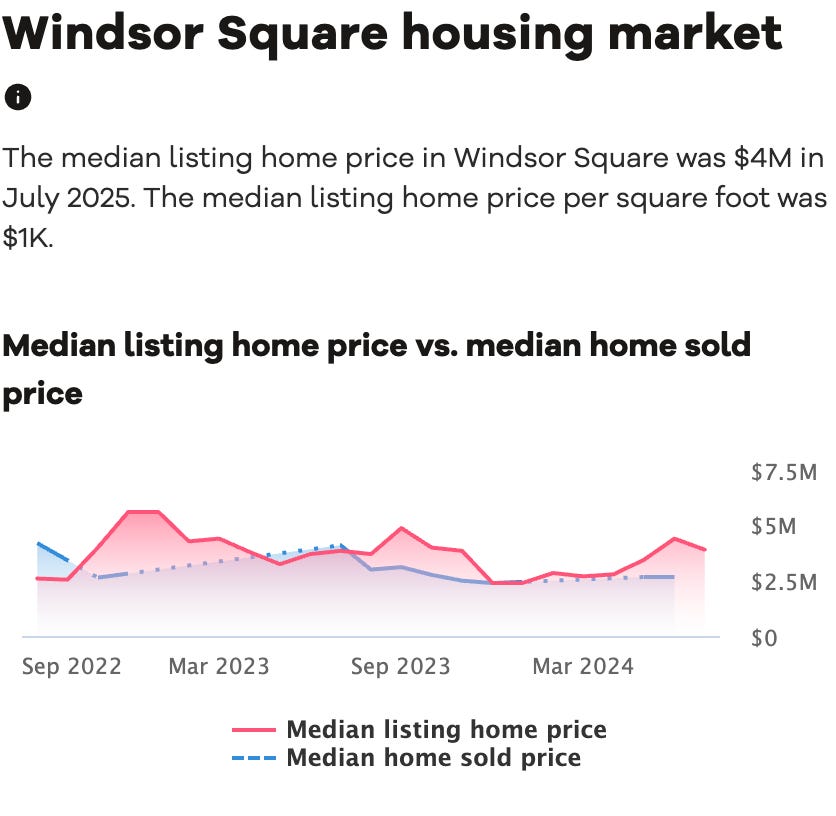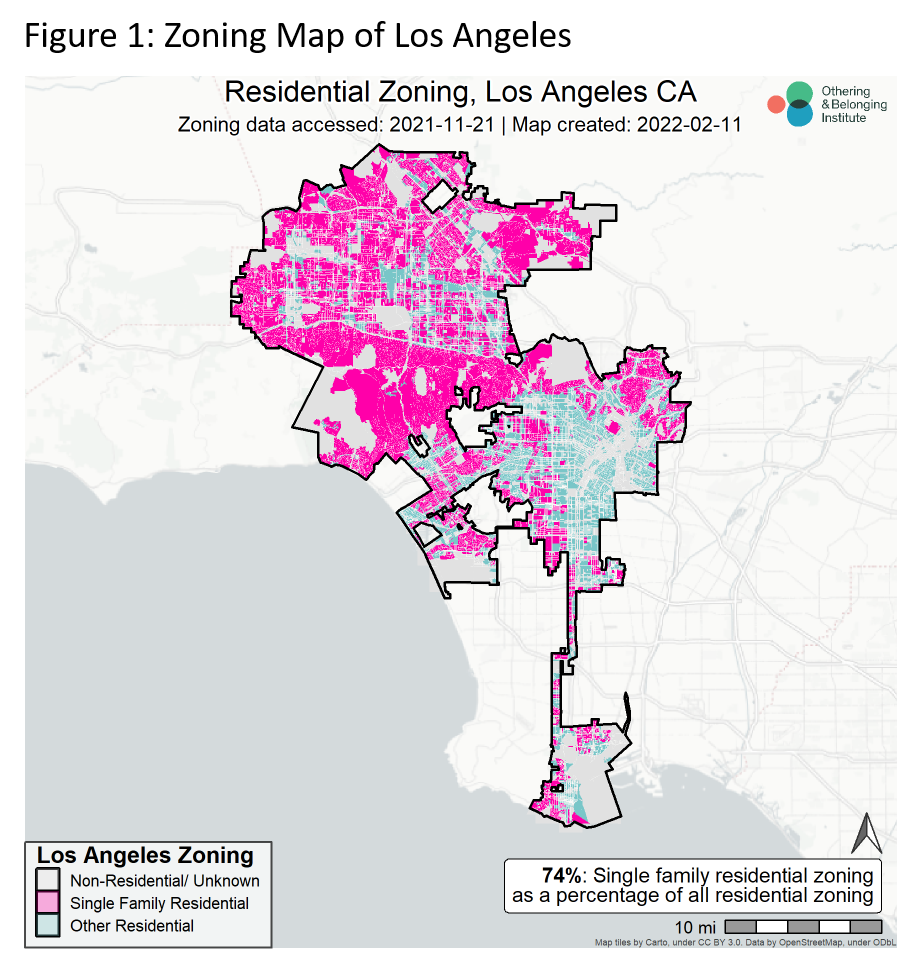Mayor Bass Has a Major NIMBY Problem
Why doesn’t Mayor NIMBY want you to live by the trains?
Just over a month ago, I wrote the piece, Let People Live Near the Train, which highlighted SB 79, a bill that would push for more housing in California, next to transit that we already spend billions to fund. Now, there are concerns that opposition is growing, to the point where it is suspected that Mayor Karen Bass of Los Angeles, is encouraging state lawmakers to veto the bill.
Bass’s supposed stance against SB 79, which would upzone areas around rail stations and major bus lines for apartments and condos, is starting to reveal an interest that aligns with that of the NIMBY’s to the point a recent piece has even labeled her as “Mayor NIMBY.” It’s a stance that may surprise some Angelenos who expected pro-housing leadership, yet in context it is not isolated at all. Rather, it fits a consistent trajectory in Bass’s mayoralty: decisions that appease neighborhood opposition at the expense of Los Angeles’s urgent housing, affordability, and climate needs. Without mayors willing to confront local opposition, statewide housing goals and climate plans will stall, no matter how progressive the political landscape appears.
Upholding Local Zoning at the Cost of Housing Near Transit
SB 79 is a statewide attempt to spur transit-oriented development by overriding exclusionary zoning near transit stops. The bill would make it legal to build mid-rise multifamily housing within walking distance of transit – areas where today only single-family homes may be allowed. You can read all of the benefits of this bill in my prior piece, like how it will lower costs, boost transit use, and cut traffic and pollution. Yet Bass has not lent her support. In fact, neighborhood groups have openly lobbied her to “stand up for L.A. and oppose SB 79 loud and clear,” framing it as an “assault” on single-family neighborhoods. So far, the Mayor’s office has offered no endorsement of the bill, signaling tacit sympathy with the local homeowners determined to derail it. The United Neighbors coalition used a map of one of the affected areas to highlight where the “assault” would be most prominent.
Image Credit: Larchmont Buzz
Important to note that the median listing home price according to Realtor has it as $4 million, highlighting how severe the housing crisis has become.
Image credit: Realtor
The disaster of the L.A. fires should have been a moment for city leadership to stand up and recognize that rebuilding smarter means rebuilding differently, that we need to allow more density even in fire-prone areas if we’re serious about solving our affordability crisis and meeting our climate goals. Building more densely, especially near transit, reduces car dependence and the emissions that come with it. What we don’t need is to replicate the same sprawling mansions all over again, serving only a select few while worsening the underlying problems.
Yet Bass’s posture on SB 79 came on the heels of her successful bid to suspend SB 9 in part of Los Angeles. SB 9, a 2021 state law, allows duplexes and lot-splits on single-family lots statewide. But after the wildfires hit Pacific Palisades in early 2025, Bass fought to exempt that affluent hillside area from SB 9’s duplex rule. Invoking disaster recovery, she argued the law’s application “could fundamentally alter the safety of the area by straining local infrastructure” and hamper wildfire evacuations. With Governor Newsom’s backing, Bass issued an emergency order in July barring any SB 9 duplex conversions during rebuilding. The move pleased vocal homeowners worried about “quiet, low-density” character and congestion, even though only 7 SB 9 applications out of more than 400 rebuild permits had been filed in the Palisades — less than 2%. In other words, a few small cries and a minimal trickle of duplex proposals was treated as a grave threat. Bass’s willingness to override a state housing law in this case set a clear precedent: when organized neighborhoods object to growth, City Hall will side with them, even at the cost of new homes.
Bass’s deference to anti-density sentiment emerged almost immediately after she took office. One of her first acts was Executive Directive 1 (ED1), a policy meant to fast-track affordable housing approvals across Los Angeles. But under political pressure, it was soon watered down to the point of absurdity. Bass quietly amended ED1 to exclude all neighborhoods zoned for single-family homes from any affordable housing fast-tracking after affluent homeowners voiced alarm about new projects on their blocks. This change shielded almost three quarters of the city’s residential land – encompassing most wealthy, politically connected areas – from having to contribute sites for affordable or supportive housing.
Image credit: OBI
In effect, Bass’s policy let three-quarters of Los Angeles off the hook, concentrating new housing obligations only in lower-income, already multi-zoned parts of the city.
Stalling Housing Projects to Satisfy Local Opponents
Perhaps the most telling example is the ongoing saga of a planned affordable housing development in Venice, an iconic beachfront neighborhood of Los Angeles with high property values, and one of the city’s largest visible homeless populations – a project now mired in bureaucratic quicksand, seemingly to mollify neighborhood opposition. The Venice Dell project, a 140-unit supportive housing complex on a city-owned parking lot, was approved (twice!) by the City Council after years of planning and public debate. It promised permanent housing for chronically unhoused Angelenos in a community that has long been at the center of L.A.’s homelessness crisis. After overcoming multiple legal challenges from neighborhood opponents in mid-2024, the project should have been ready to break ground, yet the project has been stalled with no project finish date in sight. (You may be getting PTSD from the infamously delayed California High-Speed Rail project.) In public, Mayor Bass has championed projects that would get more homeless people inside but has been silent on the delays project faces.
For over a year now, key city departments have failed to issue the routine permits and paperwork needed for construction to begin. That inaction has left a prime, shovel-ready site sitting idle — and in a community like Venice, it’s a decision that speaks volumes. To supporters, it looks like City Hall caving to pressure from well-connected opponents who would prefer the status quo: public land preserved for parking and “neighborhood character” rather than transformed into urgently needed homes.
Why the holdup? Evidence points to behind-the-scenes interference from local officials catering to the NIMBY crowd. According to a recent lawsuit, Councilmember Traci Park (who represents Venice’s affluent homeowners) and City Attorney Hydee Feldstein Soto quietly pressured city agencies not to sign off on coastal clearances and road agreements that Venice Dell requires. Those documents have been delayed for over a year now, effectively stonewalling the project. How can Democrats say that we should be allowed to govern when this is what government does in the places in which we are in charge?
Mayor Bass’s recent choices, from SB 79 to Venice and beyond, have so far signaled retrenchment more than reform. But it is not too late to change course. The coming weeks and months (as SB 79 winds through the Assembly, and as L.A.’s own housing element implementation looms) will show whether Bass doubles down on the NIMBY-friendly path or remembers the bold pro-housing mandate implicit in her election. For the sake of a livable and affordable Los Angeles, one hopes the Mayor will find her footing and lead with the urgency this crisis demands. We have seen an increase in rental prices on 1 and 2 bedroom apartments as we continue to drag our feet on increasing supply.
Image Credit: Rent
Meanwhile cities like New Rochelle, while a much smaller city in comparison, have seen a 37% boost in housing supply, and a 2% decline in rent from the span of 2020-2023, for a city that is only 40 minutes outside of Manhattan (and has seen record increases since 2020), that is an incredible feat.
The alternative – leading from behind, one concession at a time – is a recipe for a city that continues to languish in scarcity, high costs, and ever-worsening inequality. In California’s housing crossroads, mayoral leadership can either accelerate progress or stand as the last line of resistance. Los Angeles desperately needs the former. As Bass’s record is starting to show, the cost of the latter grows more untenable by the day.







This is why local governments shouldn’t have control over housing rules. Local officials are elected by a small number of people and answer to an even smaller number when they’re in office. NIMBYs are very well organized and will always show up and the incentives local officials have all point to giving them what they want.
The key is to elect YIMBYs to the legislature and statewide offices. Newsom has been fairly good on housing, but I worry about who’s coming up next. That’s true not just on housing but also on things like automated vehicles. There have been efforts by the Teamsters to kill AVs and Newsom has vetoed them and I really hope his successor is like that.
Ugh... It feels like sometimes you really need to elect a good a-hole who is willing to make people unhappy to do the right thing. (To be fair, I would not be that person either).